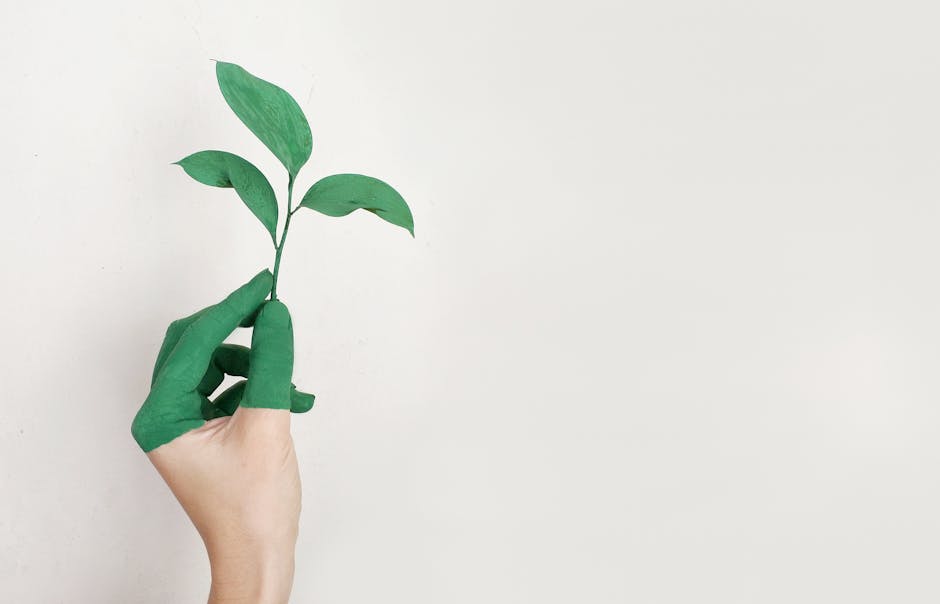Sustainable fashion trends are at the forefront of the industry in 2025, transforming not only how we dress but also how we think about clothing. As consumers become more aware of their environmental impact, the demand for eco-friendly, ethical, and innovative fashion solutions continues to grow. At Style QA, we believe in styling with purpose and answering your questions with insight, so let’s dive deep into the future of sustainable fashion and how it’s reshaping the world of style.
The Rise of Circular Fashion: Closing the Loop

Photo by KoolShooters on Pexels
Circular fashion is revolutionizing the way we approach style by prioritizing reuse, recycling, and compostability. Unlike the traditional linear model—where clothes are made, worn, and discarded—circular fashion aims to keep garments in circulation for as long as possible. Brands are designing pieces with longevity in mind, using durable materials and modular designs that allow for easy repair and upcycling. This shift supports a wardrobe that evolves with you, reducing waste and environmental impact.
Fashion rental services and secondhand platforms are gaining popularity, making it easier than ever to refresh your closet without contributing to overproduction. Consumers now have access to high-quality, pre-loved items and can experiment with new looks without the guilt of fast fashion. Circular fashion also encourages creativity, as individuals embrace DIY customization and upcycling, transforming old garments into unique, personalized pieces.
As the movement grows, more brands are adopting take-back programs, where customers can return worn items to be recycled or repurposed. This not only diverts textiles from landfills but also fosters a culture of responsibility and mindful consumption. Circular fashion is more than a trend—it’s a lifestyle change that empowers us to make thoughtful choices for both our wardrobes and the planet.
Natural and Organic Fabrics: A Return to Roots
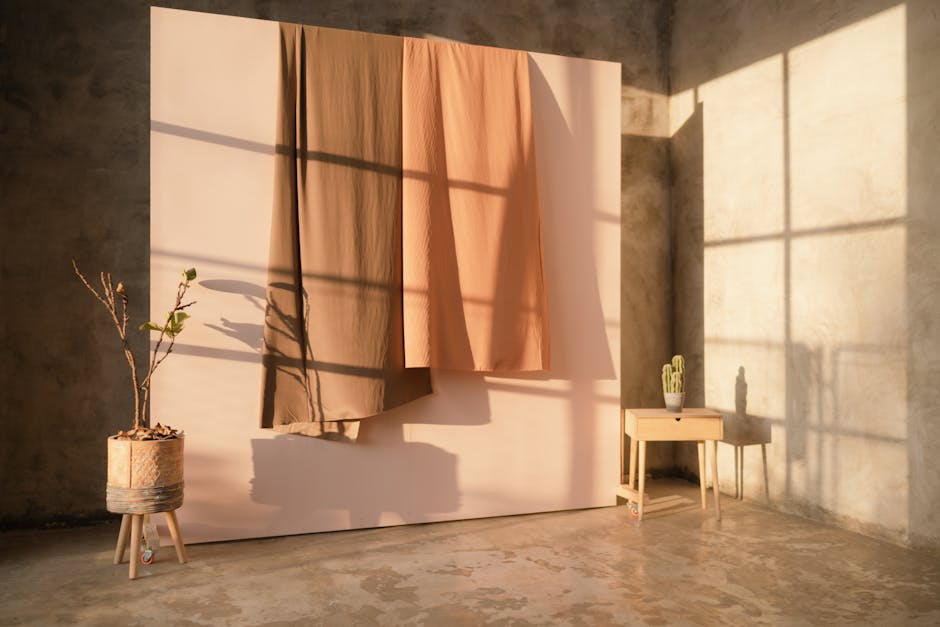
Photo by Nugroho Wahyu on Pexels
The spotlight is shining on natural and organic fabrics as consumers seek comfort, quality, and sustainability. Organic cotton, linen, hemp, and bamboo are leading the charge, offering breathable, soft, and durable alternatives to synthetic materials. These fabrics are produced with minimal chemical inputs, reducing harm to the environment and supporting healthier ecosystems.
Regenerative agriculture is becoming a hot topic in 2025. This approach to farming not only avoids depleting the soil but actively restores it, capturing carbon and promoting biodiversity. When you choose garments made from organic or regeneratively grown fibers, you’re supporting a fashion system that gives back to the earth rather than taking from it.
Brands are also innovating with plant-based dyes and eco-friendly finishing processes, ensuring that every step of production aligns with sustainability goals. The result is clothing that feels good, looks great, and carries a story of environmental stewardship. As awareness grows, expect to see more labels proudly displaying certifications for organic and sustainable sourcing, making it easier for shoppers to make informed decisions.
Upcycled Fashion: Creativity Meets Consciousness
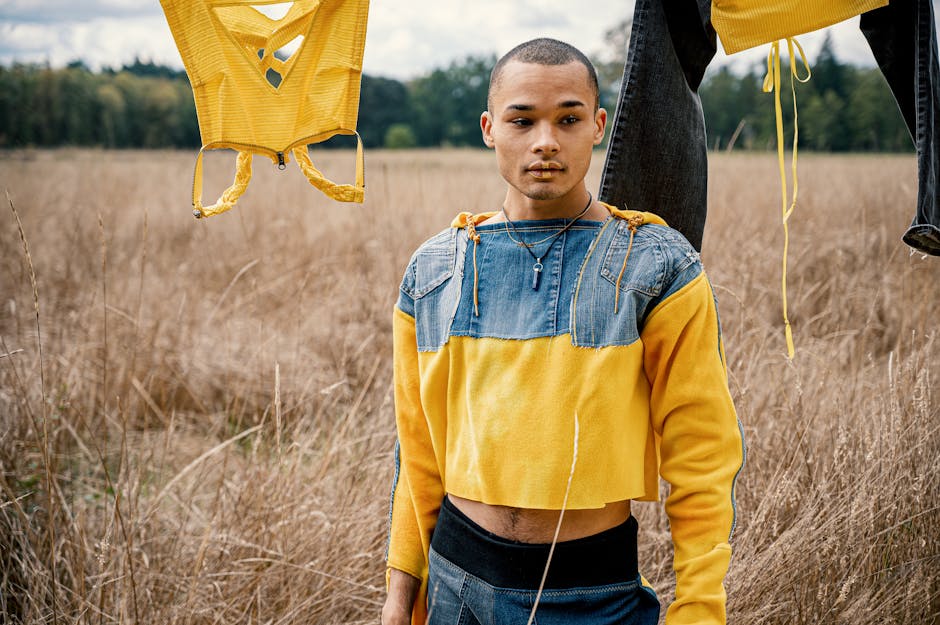
Photo by Brett Sayles on Pexels
Upcycled fashion is gaining momentum as both designers and consumers look for ways to reduce waste and express individuality. This trend involves transforming pre-existing garments, fabric scraps, or vintage finds into new, one-of-a-kind pieces. From patchwork denim to reimagined accessories, upcycling celebrates resourcefulness and creativity.
Vintage remixes and DIY customization are particularly popular among younger generations, who value authenticity and self-expression. By giving new life to old materials, upcycled fashion challenges the disposable mindset of fast fashion and proves that style doesn’t have to come at the expense of the environment.
Many brands are launching limited-edition upcycled collections, collaborating with artists and artisans to create pieces that tell a story. This approach not only reduces textile waste but also supports local communities and small businesses. As upcycling becomes more mainstream, it’s inspiring a new wave of eco-conscious fashionistas to embrace slow, thoughtful consumption and cherish what they already own.
Minimalism and Versatility: The Power of a Thoughtful Wardrobe
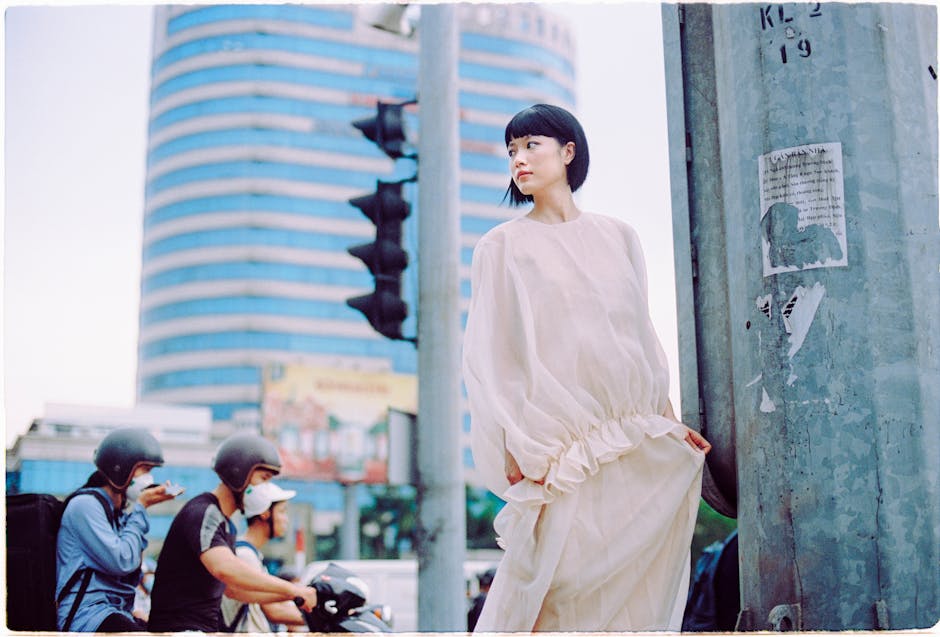
Photo by Tiến Nguyễn on Pexels
Minimalism is redefining what it means to be stylish in 2025. Instead of chasing fleeting trends, consumers are investing in timeless, versatile pieces that can be mixed and matched for endless possibilities. Clean lines, neutral palettes, and simple silhouettes are in, while overly complicated designs are falling out of favor.
This shift is driven by a desire for quality over quantity. A thoughtfully curated wardrobe not only saves time and money but also reduces the environmental impact associated with constant consumption. Capsule wardrobes—collections of essential items that work together—are becoming increasingly popular, allowing individuals to express their style with fewer, but better, pieces.
Versatility is key. Pieces that transition seamlessly from work to weekend, or from season to season, offer maximum value and minimize waste. As consumers become more mindful, they’re seeking out brands that prioritize durability, repairability, and timeless design, ensuring that every purchase is a long-term investment in both personal style and planetary health.
The Decline of Fast Fashion: A Shift Toward Ethics and Quality
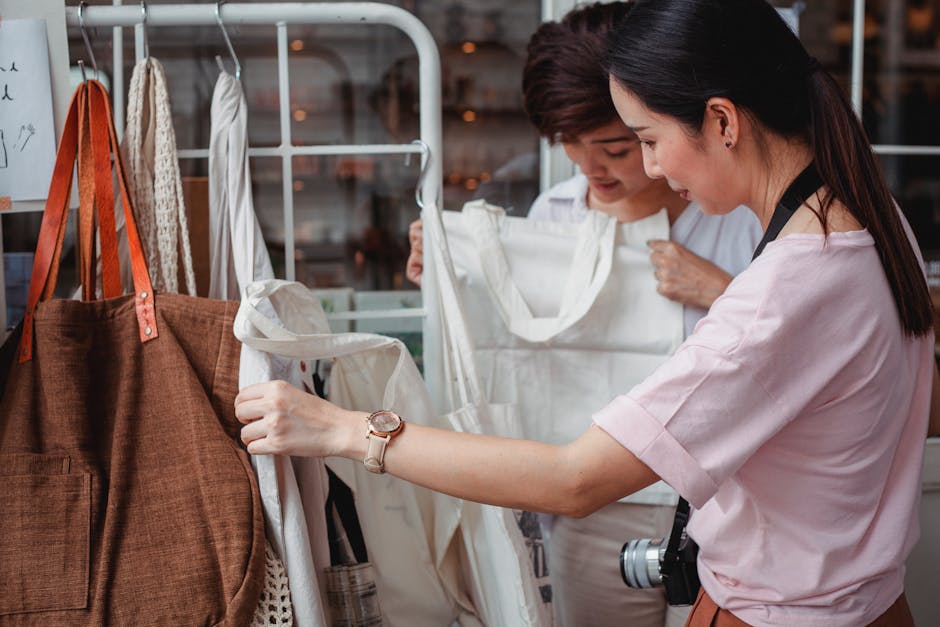
Fast fashion’s reign is fading as awareness of its environmental and ethical costs grows. Cheap, disposable clothing is being replaced by a demand for transparency, fair labor practices, and sustainable production methods. Consumers are asking tough questions about where and how their clothes are made, and brands are responding by improving supply chain visibility and accountability.
Ethical fashion goes beyond materials—it’s about ensuring safe working conditions, fair wages, and respect for human rights throughout the production process. Certifications and third-party audits are becoming standard, helping shoppers identify brands that align with their values. The result is a more equitable industry that benefits both people and the planet.
As fast fashion loses its appeal, more consumers are turning to quality over quantity, choosing pieces that last and hold meaning. This shift is not only better for the environment but also fosters a deeper connection to our clothes and the stories they tell. By supporting ethical brands and practices, we’re helping to build a fashion industry that values integrity as much as innovation.
Innovative Materials and Technologies: Fashion’s Sustainable Future

Photo by Lovely Ruby on Pexels
The future of sustainable fashion is being shaped by cutting-edge materials and technologies. From lab-grown leather to recycled polyester made from ocean plastics, innovation is driving the industry toward lower carbon footprints and greater resource efficiency. Brands are investing in research and development to create fabrics that are both high-performing and environmentally friendly.
Biodegradable textiles, plant-based alternatives, and closed-loop manufacturing systems are becoming more common, reducing reliance on fossil fuels and minimizing waste. Digital tools like AI and blockchain are also being used to optimize supply chains, improve traceability, and personalize shopping experiences, making sustainability accessible to a wider audience.
These advancements are not just about reducing harm—they’re about reimagining what’s possible in fashion. By embracing innovation, the industry is proving that style and sustainability can go hand in hand, offering consumers exciting new options that align with their values.
Consumer Empowerment: Making Informed and Purposeful Choices

Photo by cottonbro studio on Pexels
At the heart of sustainable fashion trends is the empowered consumer. Shoppers today are more informed than ever, seeking out brands that share their commitment to sustainability, ethics, and transparency. Social media and online platforms have made it easier to access information, compare products, and hold companies accountable for their practices.
Education is key. As consumers learn about the impact of their choices, they’re more likely to support brands that prioritize environmental and social responsibility. This shift is driving demand for clear labeling, honest marketing, and accessible resources that help individuals make purposeful decisions.
By choosing sustainable fashion, consumers are not only expressing their personal style but also voting for a better future. Every purchase is an opportunity to support positive change, from reducing waste to promoting fair labor practices. As the movement grows, it’s inspiring a new generation of fashion lovers to lead with intention and make every outfit count.
Sources
- https://trellis.net/article/10-sustainable-fashion-trends-to-watch-in-2025/
- https://hayden-hill.com/blogs/journal/sustainable-fashion-trends-to-watch-in-2025
- https://ecoskills.academy/4-key-drivers-of-sustainable-fashion-in-2025/
- https://www.swagcycle.net/upcycled-fashion-trends-for-2024-whats-in-and-whats-out/
- https://www.mckinsey.com/industries/retail/our-insights/the-fashion-industry-faces-a-world-in-flux

